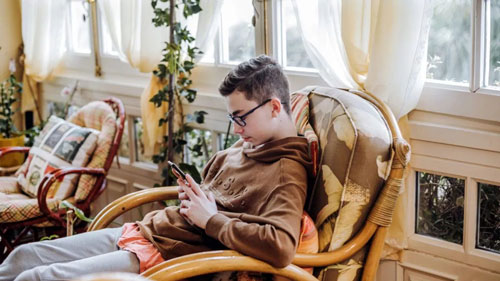One in three adolescents (31.9 percent) will meet the criteria for an anxiety disorder by the age of 18. A new poll finds many teens show signs of anxiety and depression.
The restrictions of the pandemic have been felt across the board. For teenagers, restrictions have meant months of virtual learning, more time isolated from friends, and the canceling of important social activities like sports, school performances, graduations, and proms.
The COVID-19 pandemic has meant living through multiple crises, including financial and disease-related ones, all at once. These crises have taken a toll on our mental and physical health.
According to the Kaiser Family Foundation, 4 in 10 adults in the United States have reported anxiety or depressive disorder symptoms during the pandemic.
But a poll from C.S. Mott Children’s Hospital shows that the mental health effects of the pandemic are more likely to have a significant impact on teenagers.
The restrictions of the pandemic have been felt across the board. For teenagers, restrictions have meant months of virtual learning, more time isolated from friends, and the canceling of important social activities like sports, school performances, graduations, and proms.
According to the C.S. Mott Children’s Hospital National Poll on Children’s Health at Michigan Medicine, a national poll shows that 46 percent of parents say their teen had shown signs of a new or worsening mental health condition since the beginning of the pandemic in March 2020.
“Teenage years are filled with physical, emotional, and cognitive changes. There are also hormonal shifts, more independence and responsibility, and peer challenges,” said Brittany LeMonda, PhD, senior neuropsychologist at Lenox Hill Hospital in New York.
“It is therefore not surprising that teens have been more susceptible to declines in psychological health over the last year.”
The poll looked at responses based on 977 parents of teenagers between 13 and 18 years old.
The results suggest that 1 in 3 girls and 1 in 5 teen boys have experienced new or worsening anxiety.
Going deeper, the results show that more parents of teen girls than parents of teen boys noted an increase in anxiety and worry (36 percent versus 19 percent) or depression/sadness (31 percent versus 18 percent).










